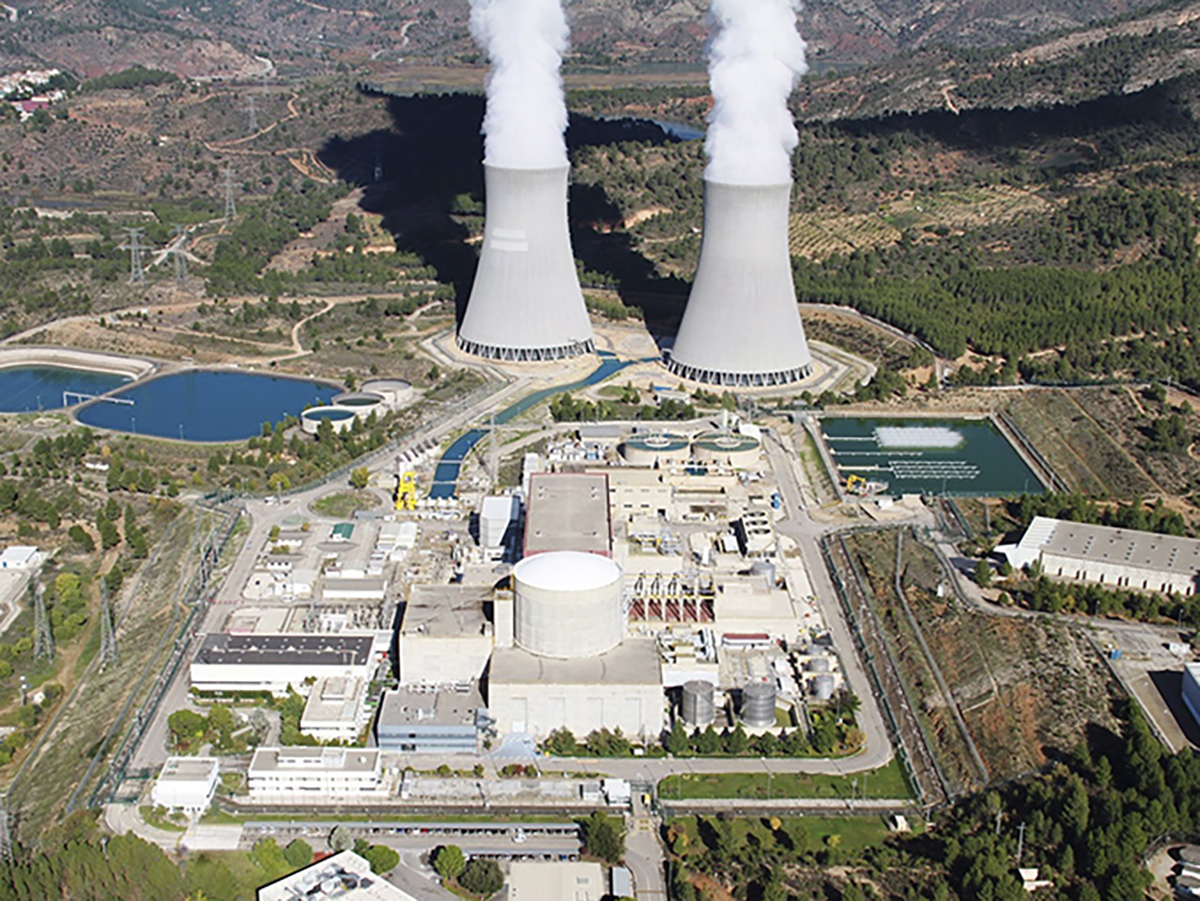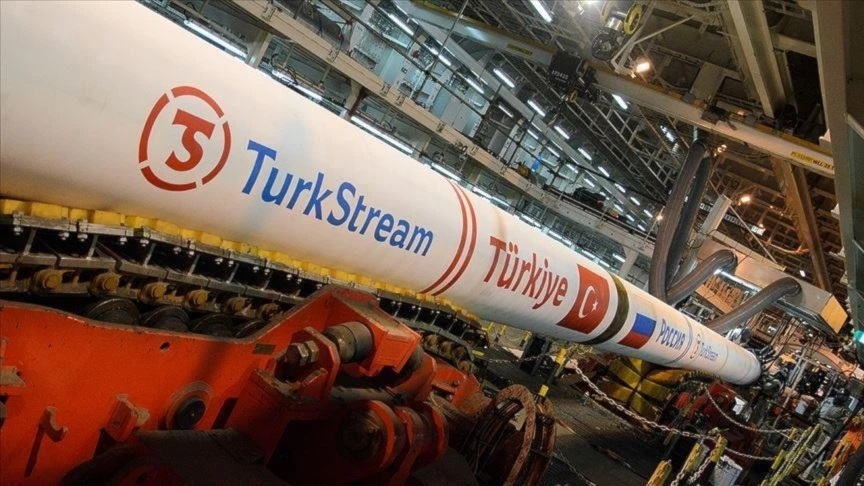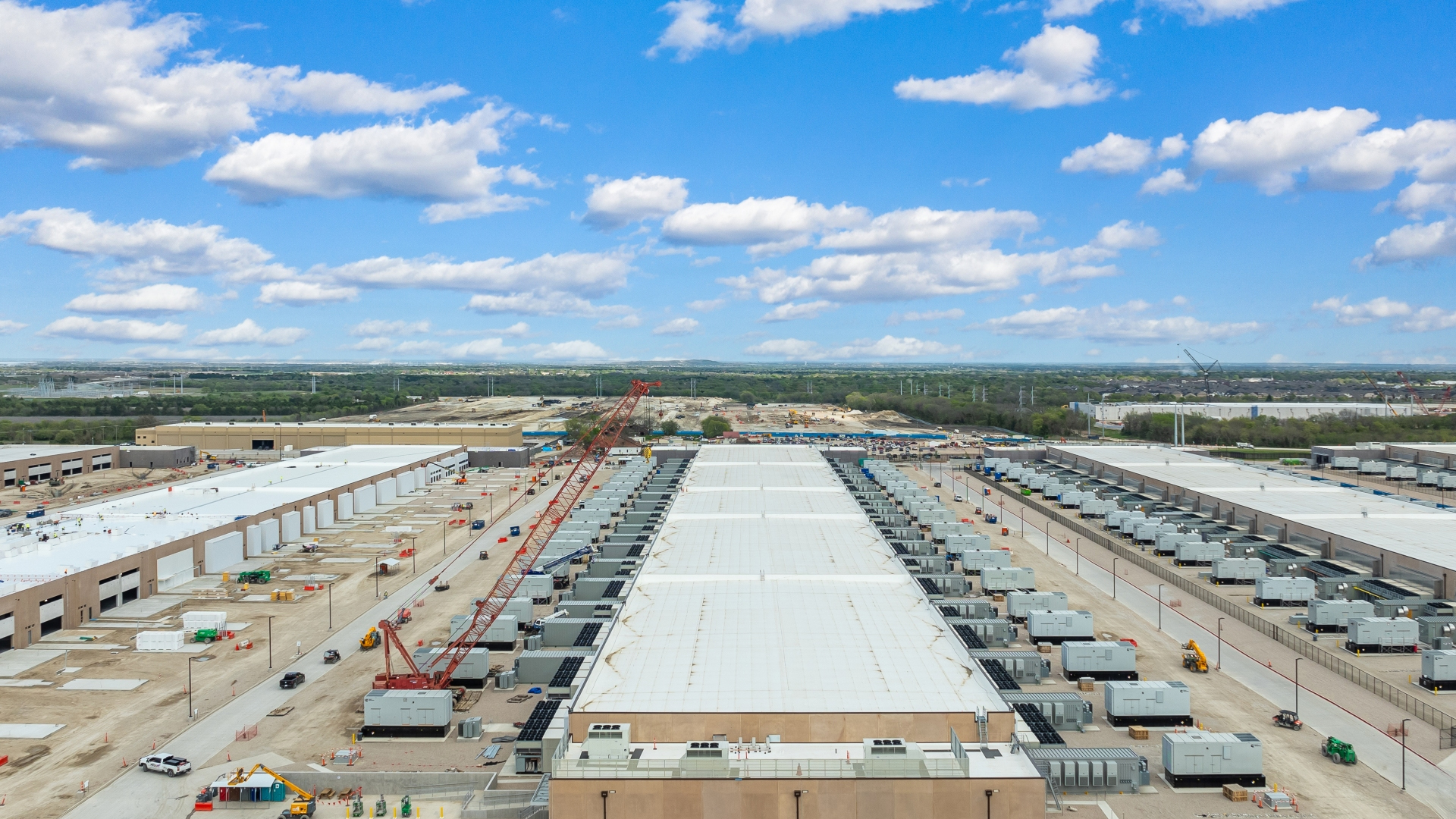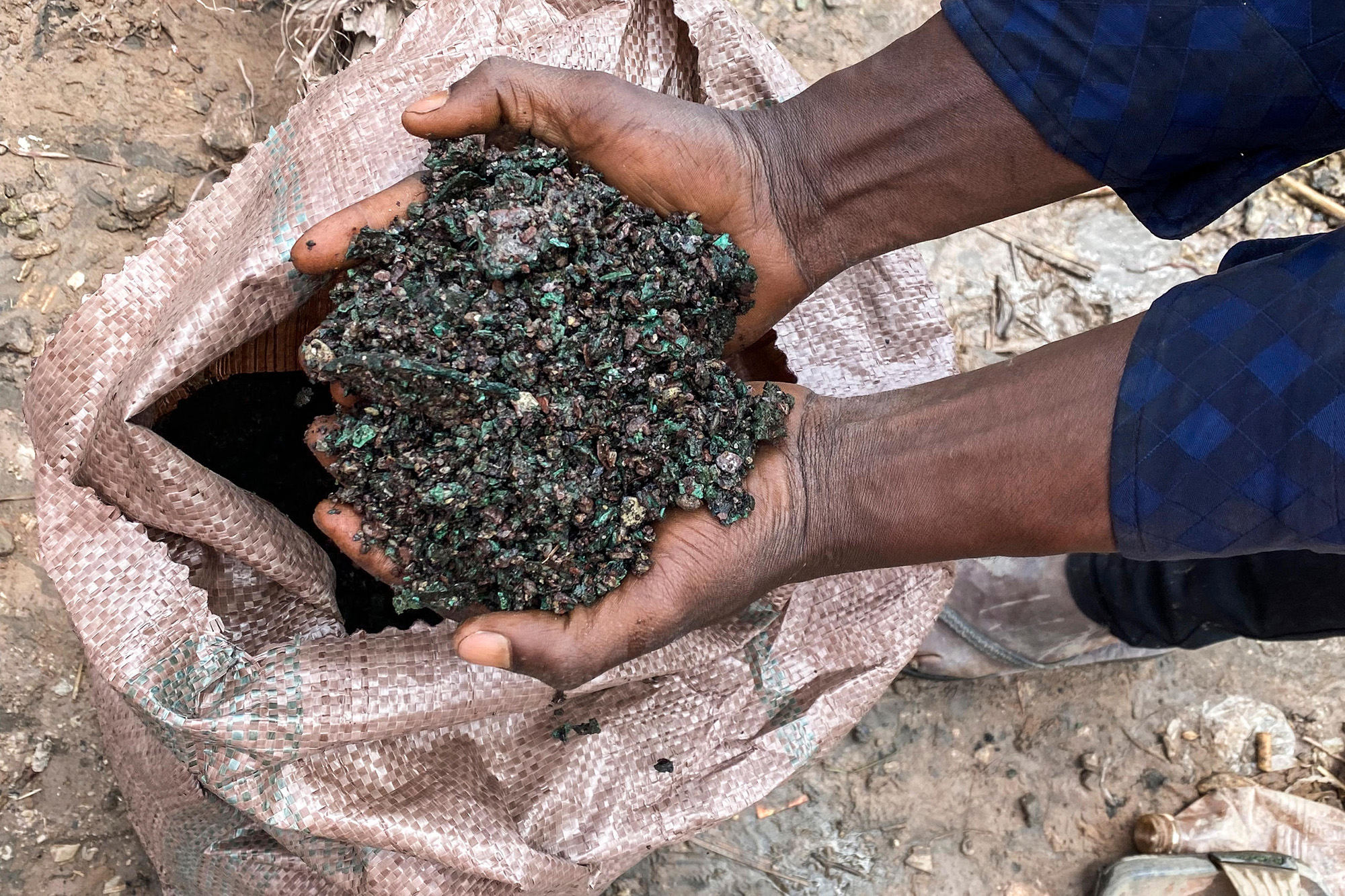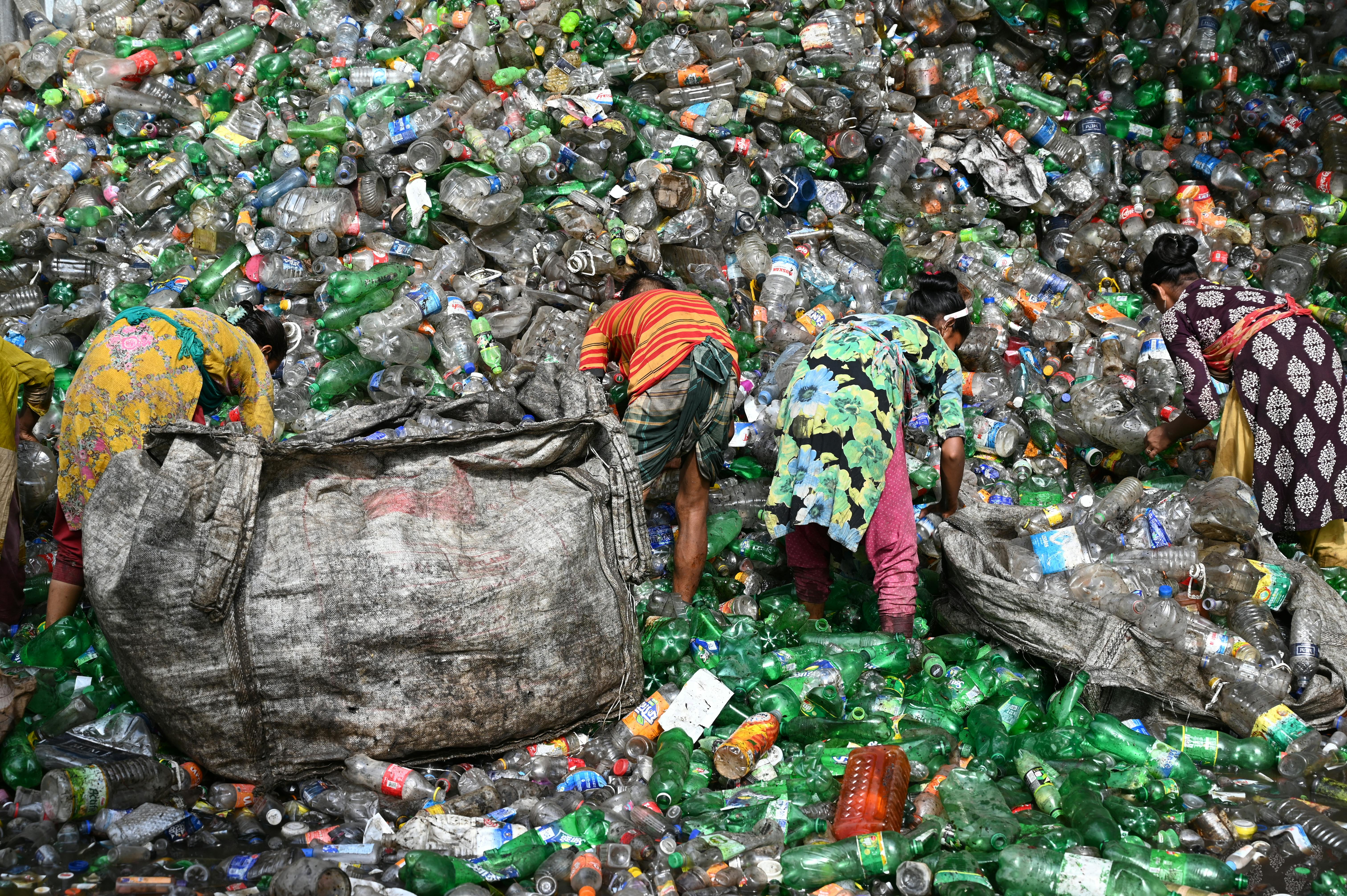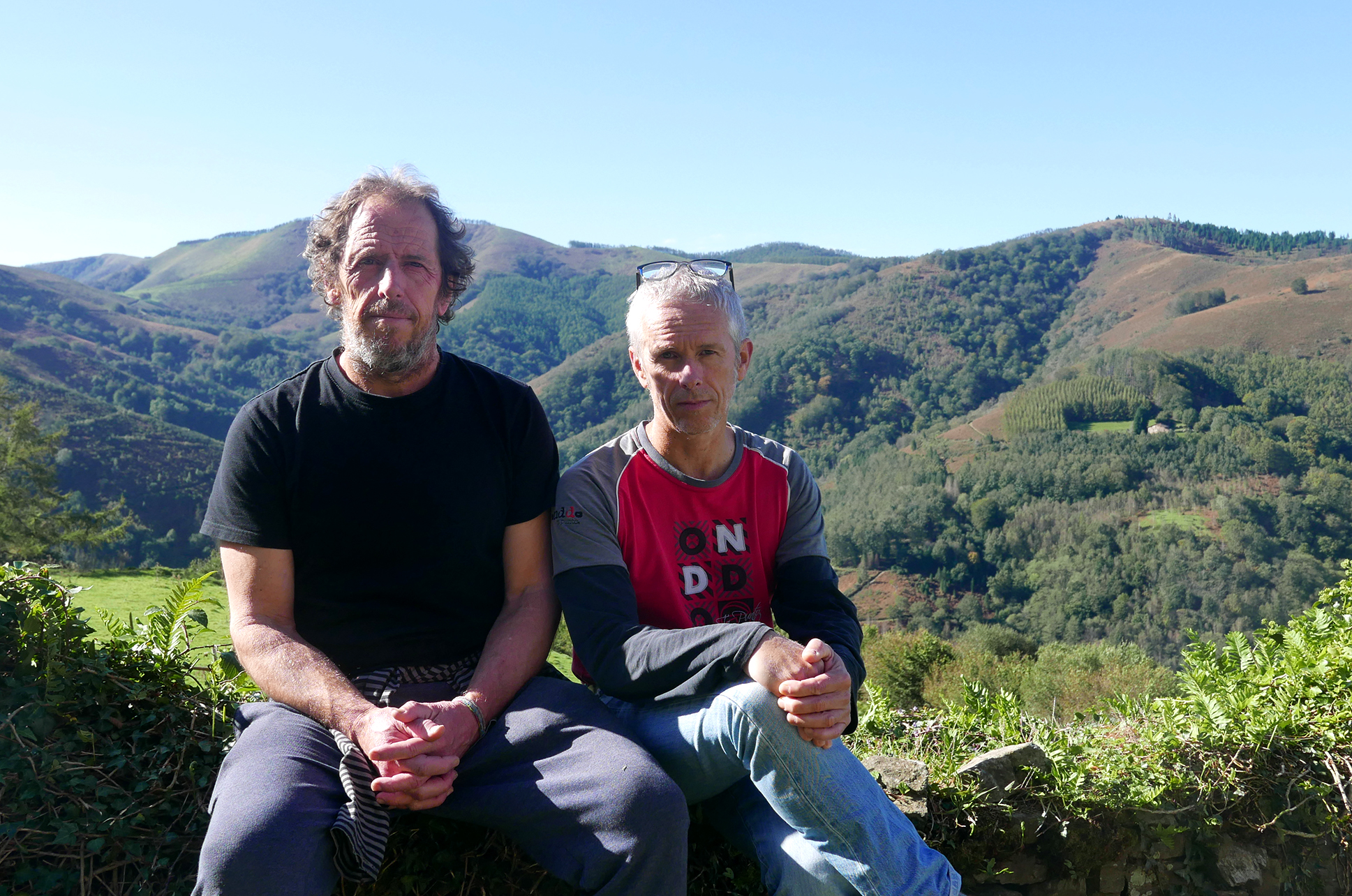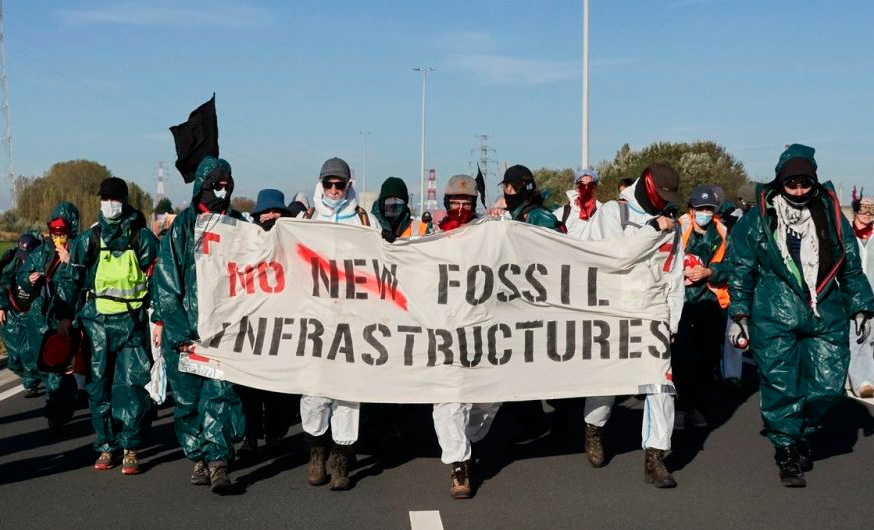Mineral extraction should quadruple to meet demand for electric and wind cars
- According to a report by the International Energy Agency, the goal of limiting global warming by renewables to 1.5 degrees should increase copper, nickel, lithium and cobalt production by nearly four by 2030.
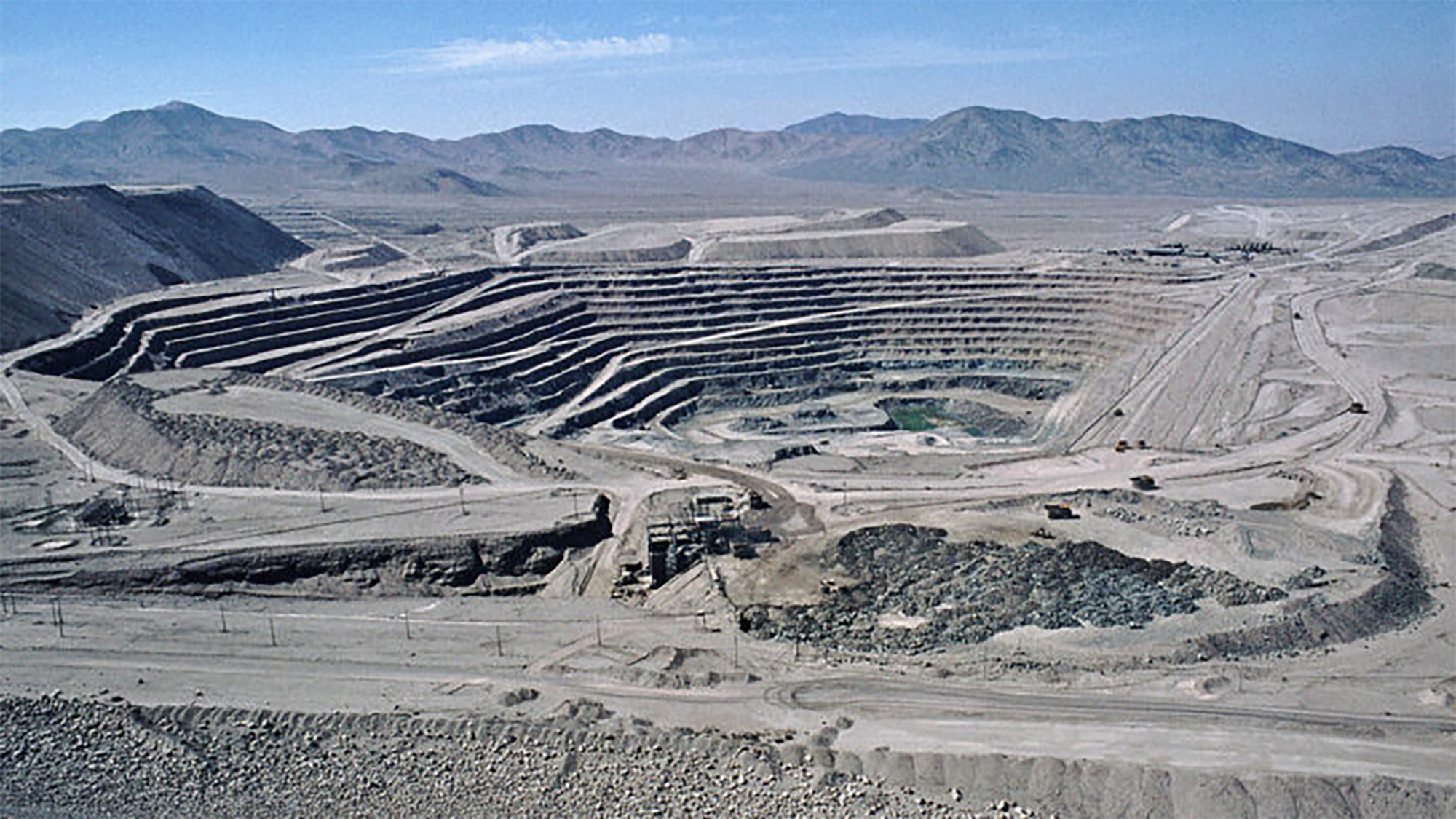
One of the conclusions that the International Energy Agency (IEA) has drawn from its latest study on the critical mineral market is that mineral extraction should be accelerated.
However, the organisation has recognised that the exploitation of existing and planned mines can account for up to twice as much extraction, and that in order to carry out what has been termed "energy transition", particularly by encouraging electric and wind cars, production should quadruple (more than 3.5 times). Today there are not enough minerals in the world to meet the production of "renewable" batteries.
In the last five years the demand for lithium has tripled, the demand for cobalt has increased by 70% and the demand for nickel by 40%, which is mainly due to the increase in electric, wind and photovoltaic cars. As a result, prices for these minerals have also increased considerably.
Greenhouse gases generated by the treatment of each tonne of these minerals have not decreased, resulting in a multiplicity of extracting gas emissions
EIA Executive Director Fatih Birol has also expressed concern about the environmental damage this extraction can cause. The greenhouse gases generated by the treatment of each tonne of these minerals have not decreased, so that the emissions of gases from extraction have multiplied. This moves away from the goal of limiting global warming to 1.5 degrees.
On the other hand, Birol has also pointed out that minerals are the "monopoly" of a few countries and has mainly placed China. 40% of copper, 60% of lithium and 75% of cobalt are processed in this area.
Lack of disprosion for the manufacture of turbines and batteries
EIA has not been the only organization recently alerted to the lack of minerals. The US multinational McKinsey, world-renowned, has also raised the alarm.
He explains that bottlenecks are being created due to the depletion of mineral production. McKinsey foresees, inter alia, that nickel extraction will be 20% lower than the demand of 2030, essential for the manufacture of lithium batteries.
But above all, the multinational has focused on the lack of rare earths called disprosions. This magnetic material is used for the manufacture of batteries and electric car turbines, indicating that there is a "risk" of reducing its supply by 70%. "This shows that bottlenecks created in a few materials can slow the development of many low-carbon industries and slow down the transition with lower emissions," he explains.
Espainiako Estatuko zentral nuklearrak itxi ez daitezen aktoreen presioak gora jarraitzen du. Otsailaren 12an Espainiako Kongresuak itxi beharreko zentral nuklearrak ez ixteko eskatu zion Espainiako Gobernuari, eta orain berdin egin dute Endesak eta Iberdrolak.
The Centre Tricontinental has described the historical resistance of the Congolese in the dossier The Congolese Fight for Their Own Wealth (the Congolese people struggle for their wealth) (July 2024, No. 77). During the colonialism, the panic among the peasants by the Force... [+]
The update of the Navarra Energy Plan goes unnoticed. The Government of Navarre made this public and, at the end of the period for the submission of claims, no government official has explained to us what their proposals are to the citizens.
The reading of the documentation... [+]
Environmental activist Mikel Álvarez has produced an exhaustive critical report on the wind macro-power plants that Repsol and Endesa intend to build in the vicinity of Arano and Hernani of the region. In his opinion, this is "the largest infrastructure of this kind that is... [+]
Recently we have had other arguments to convince us of the need for macro-projects in the surroundings of Euskal Herria. An example of this was the article published on the website of the EHNE of Bizkaia to one of the participants of the Ecosocial Jump initiative: "For... [+]
On 3 September the Official Bulletin of Navarre published the announcement by the Government of Navarre announcing the update of the Navarre Energy Plan. This should be an important step for the future of our community, taking into account the importance of energy and its use... [+]








